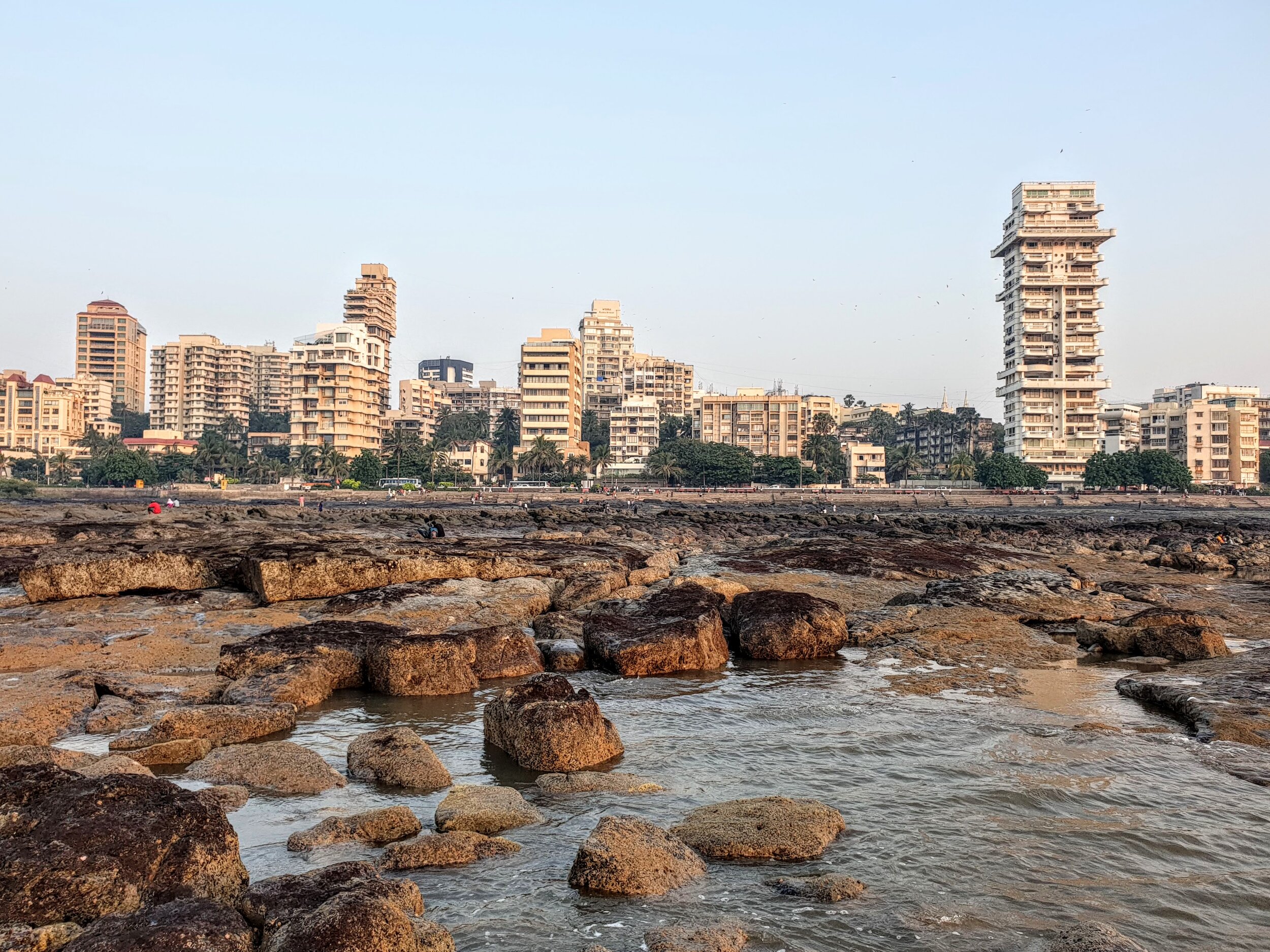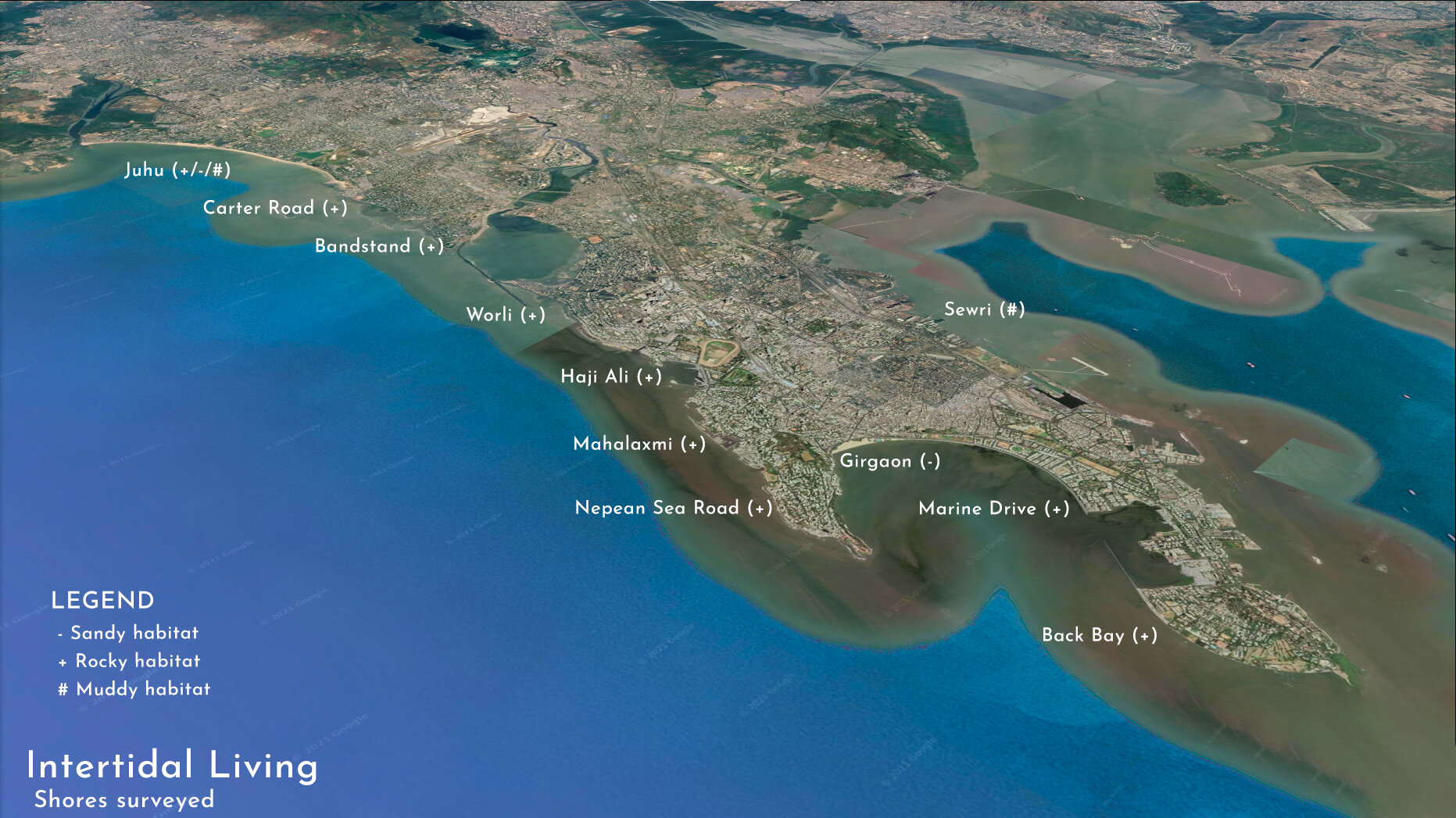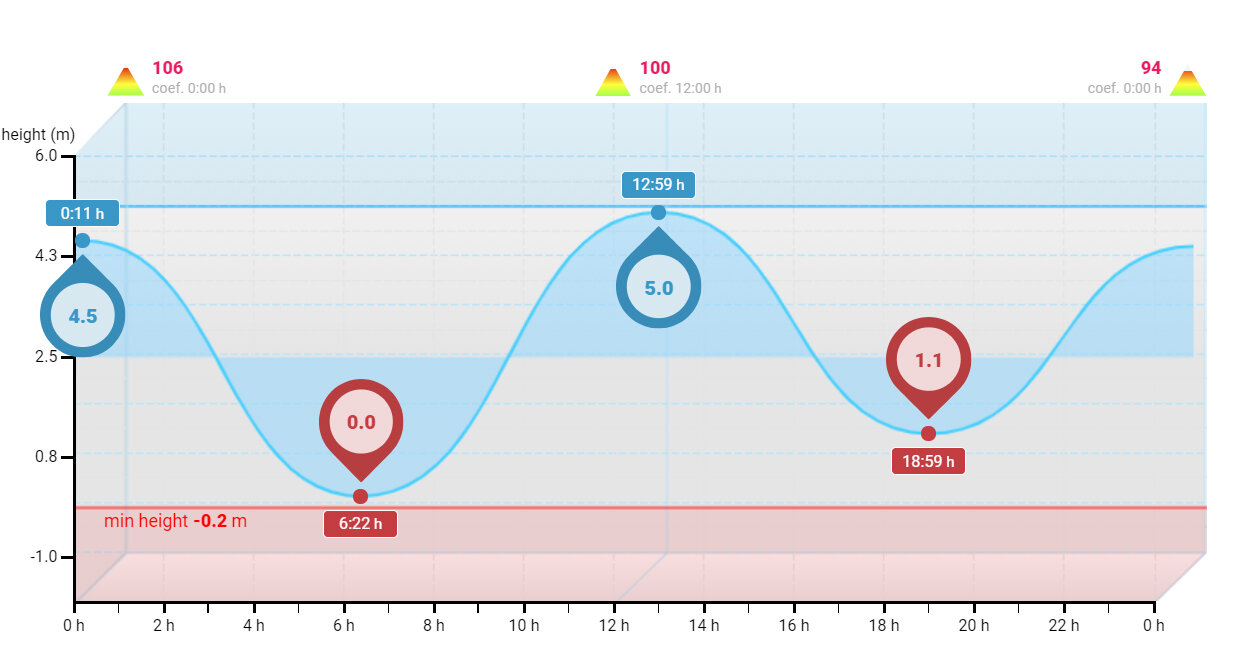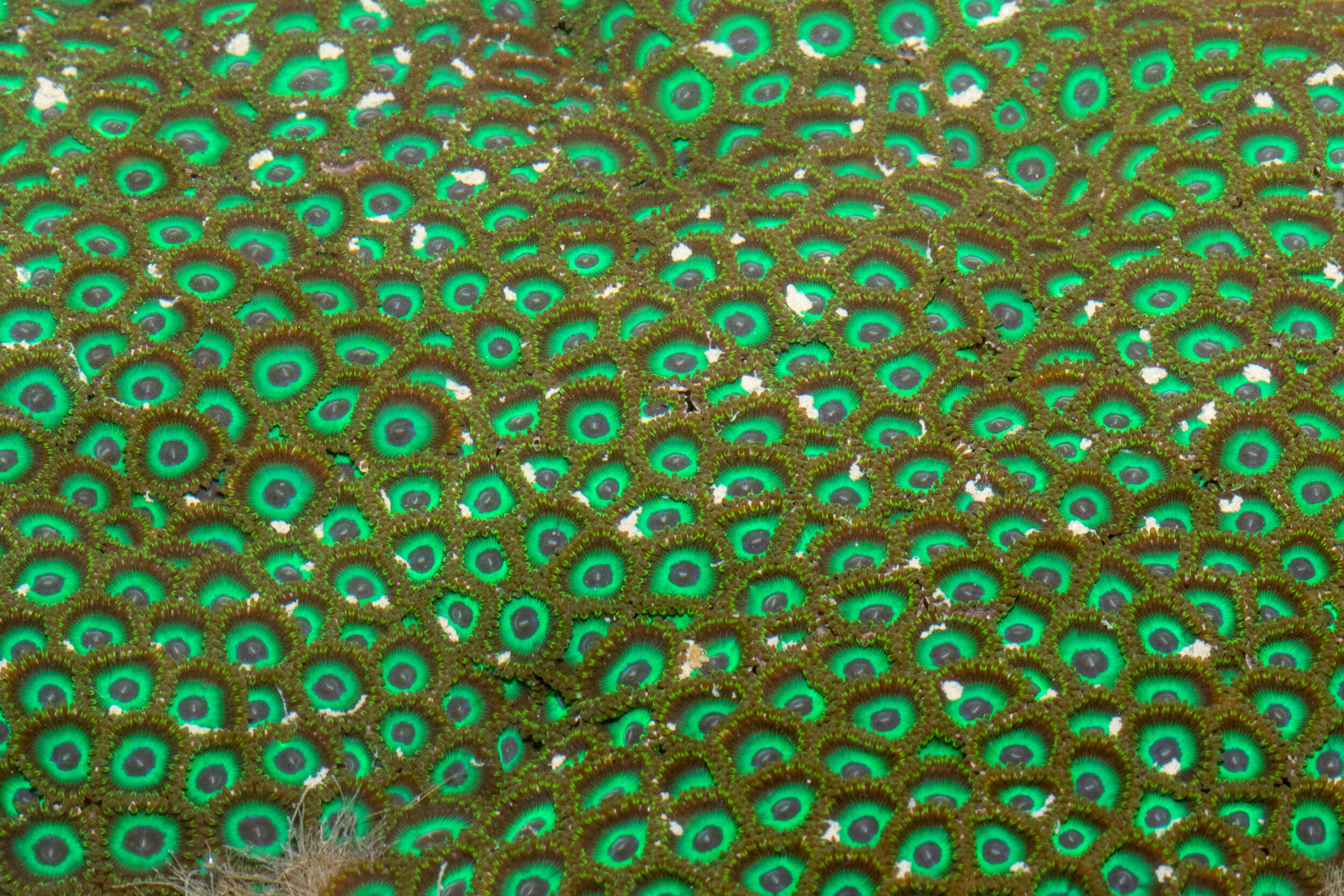
Abstract
Mumbai’s coastline is a glorious 149-km home. And its shores are portals between the deep sea and human settlement. In the middle is this space that is visible to us only at low tide: the intertidal zone. A shared space that is revealed as the water ebbs, giving us a glimpse of its inhabitants building a civilization until the tide rolls back in.
Project Proposal
This project focuses on the intertidal region of Mumbai’s shores, to document the extraordinary plethora of life that is nurtured in this anthropogenic landscape. This story is about the landscape, habitat and everything that this meeting of land and sea does to it.
+ Read More
Information about species, about the environment is usually seen as the prerogative of scientists, something that does not concern or make sense to the average citizen. It seems like someone else’s knowledge base or responsibility and hence, someone else’s to protect.
We have attempted to take intertidal conversation outside science circles and bring it to people with narratives, to tell them about the animals that share their cities. Show them the surprising forest in their backyards. To break the notion that marine creatures like bright and busy crabs, swaying sea anemones are a construct of deep seas or pristine beaches. To show them that these wondrous creatures live right here, a few minutes from their busy, polluted living spaces.
We have looked closer at this space where the land meets the sea.
For the sake of focus, we have worked on two groups of animals.
Crabs - Crabs are everywhere in the intertidal. Some live in sand, some on rocks and some in the muddy mangroves. One story will be about the lives of the different crabs that inhabit our different shores and how this diverse group has adapted to their habitats.
Cnidarians - Sea anemones, corals, zoanthids and hydroids line the rocky shores of Mumbai. The monsoon swells bring Portuguese Man o’ Wars, Blue buttons and jellyfish to our beaches every year.
These stories are in a mixed medium format, with a mix of text, photographs and videos that we have put together as a virtual shore walk. We hope you find this interesting and are able to see the shores as we do.
While we are talking about shores across the city, our explorations have largely been around the western and southern shores of the city.
Mumbai is a city on the move - its pace fast, at times positively frenetic, its citizens even more so. Life in this metropolis is busy, sometimes so much so that we often forget to stop, to look at the vast expanse of wetness that sits just next to us. Even if most of us are oblivious to it, one glimpse away lies another civilisation, one that exists in tandem with us, is aware of us, perhaps even adapts to live around us.
What we do have in common in this coastal backdrop, however, is the tide.
Reading Between The Tides
Mumbai has a semi-diurnal tidal cycle. What does this mean? It means that in a 24-hour cycle, there will be two high tides and two low tides. There is a space on the shore that is covered during high tide and revealed during low tide - this is called the intertidal zone.
Wetness in this context varies from the wetness you’ve seen in the other projects on this platform, in that, the animals in these stories need and live off this wetness; it is essential to their existence.
This zone - and its denizens - form the crux of our story.

The intertidal habitat in Mumbai varies across shores - sandy, rocky and muddy. The animals that live in these spaces do so according to their ability to survive and thrive in them. For instance, the fiddler crab prefers a muddy habitat, so while it is predominantly found among mangroves, you’ll also see them in muddy patches on other shores. In Mumbai, we found how different types of shores host lives that have adapted to those specific conditions according to the constantly changing salinity of the water, adapting to the intermittent dryness, the harsh sunlight and the timing of the moon phases, and working around the considerable human footfall around their homes.
In between the hustle-bustle of Juhu Chowpatty or the introspective rocky coast at Bandstand, animals live out their lives relatively and purposefully invisible. While this is shared space between human and animal, our exploration of this ecosystem is best suited to spring tides, which are around the new or full moon.
We consider a good low tide in Mumbai to be anything lower than 0.5 metres on the tide chart, although this also depends on the shore itself, and the way the water retreats and fills back in. These photos will illustrate what a good low tide can mean for exploration. This is not to say only these tides allow a stroll among intertidal habitats, but documentation gets better as tides get lower.
A tide chart showing a low tide of 0.0m, which is an excellent tide to explore.
The rocky shore at Bandstand in Bandra at low tide and high tide
Okay, you’ve seen the neighbourhood, now come meet the neighbours.
For this story, you’ll meet two groups of animals over two virtual walks - crabs and cnidarians.
Ready? Let’s walk down.
Watch Sejal Mehta introduce Intertidal Living during our third seminar, Intertidal PlastiCity here:



